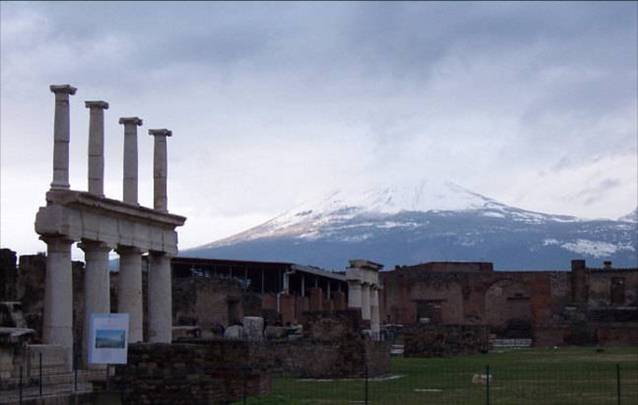
The city of Pompeii is located in the southwest corner of the Apennines Peninsula, about 10 km away from Mount Vesuvius and 23 km from Naples. The total area is 12 sq km and has a population of 25,671 people.
Pompeii was founded in the sixth century BC, and named after the ancient Roman statesman and strategist Gnaeus Pompeius. Being a favorable seaport lying near the communication line of Appian way, Pompeii gradually developed into a thriving business town. In 79 AD, the city was mostly destroyed and buried under volcanic ash and pumice in the eruption of Mount Vesuvius. Thus, a great number of building ruins and cultural relics of Ancient Rome were preserved underground, making Pompeii the most famous ancient city site and an unparalleled open-air historical museum.
The official rediscovery of the city has been started since 1748. The well-preserved buildings, facilities and cultural relics furnished valuable materials for the research into the social life and human civilization of ancient Roman period, including its city planning, building and facilities. After 200 years’ intermittent evacuation, about four fifths of the Roman city that has been sleeping deep for millennium underground are brought to light again. In 1997, Pompeii Archaeological Area was listed into the UNESCO World Heritage Site as a cultural relic.
Tourism has been the backbone of Pompeii’s economy, attracting about 5000,000 people from Italy and overseas each year to visit the city.
The current mayor of Pompeii is Fernando Luriano. The city established sister-city relationship with Xi’an on October 13, 2007 and the other sister cities of Pompeii include Gyeongju of South Korea, Tarragona of Spain, Latiano and Noto of Italy and Li Jiang of China.

 陕公网安备 61011202000113号
陕公网安备 61011202000113号